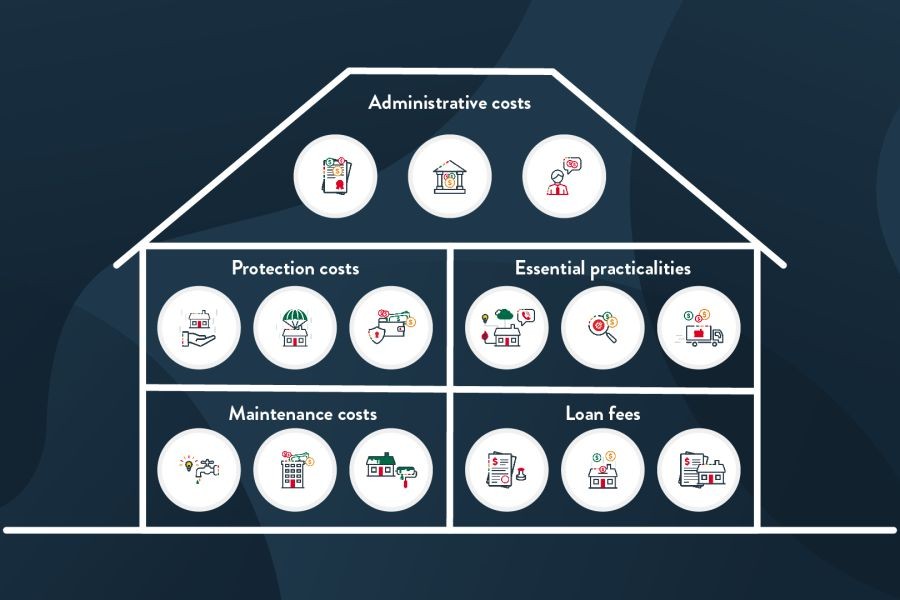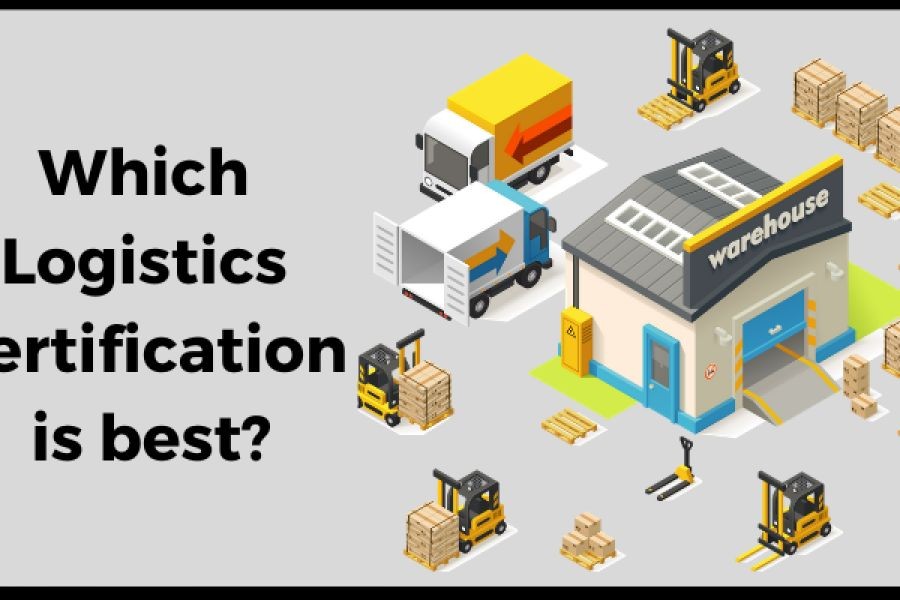In the vibrant landscape of Australian business, small enterprises play a pivotal role, accounting for nearly 98% of all Australian businesses, according to the Australian Bureau of Statistics (ABS). Yet, these small business owners often find themselves grappling with a tax system that many argue is skewed against them. This article delves into the nuances of Australia's tax system, exploring whether it truly presents an unfair burden on small businesses and how this impacts potential investors.
Australia's Tax Landscape: An Overview
Australia's tax system is complex, encompassing various forms of taxation, including income tax, Goods and Services Tax (GST), and payroll tax. The Australian Taxation Office (ATO) reports that small businesses are subjected to a corporate tax rate of 25%, a reduction from the prior 30%, which on the surface appears beneficial. However, the challenges lie in the intricate compliance requirements and the disproportionate burden of red tape on smaller entities compared to larger corporations.
The Compliance Challenge
Small business owners often face significant challenges in meeting tax compliance requirements. According to a report by the Australian Institute of Company Directors, compliance costs can consume up to 12% of a small business's annual turnover. This is a stark contrast to larger companies, which benefit from economies of scale and dedicated compliance teams.
- Red Tape: Complex tax regulations require small businesses to allocate substantial resources towards compliance, rather than focusing on growth.
- Administrative Burden: Small businesses often lack the financial flexibility to hire tax professionals, leading to increased time spent on compliance.
Real-World Case Study: Navigating the Tax Maze
Case Study: BlueSky Innovations – Overcoming Tax Challenges
Problem: BlueSky Innovations, a tech startup based in Melbourne, struggled with the complexity of the Australian tax system. The company faced challenges in allocating resources effectively due to high compliance costs, which were impacting their innovation budget.
Action: To tackle this, BlueSky Innovations engaged a tax consultancy to streamline their tax processes. They adopted digital tools to automate tax reporting and compliance, significantly reducing the time and cost associated with manual processes.
Result: Within 12 months, BlueSky Innovations reduced compliance costs by 30% and redirected savings towards R&D, leading to a 20% increase in product development efficiency.
Takeaway: This case highlights the importance of leveraging technology and expert advice to navigate the complexities of the tax system, ensuring that small businesses can focus on growth and innovation.
Comparative Analysis: Small vs. Large Businesses
The disparity between the tax burdens on small and large businesses is evident. Larger corporations often have the resources to take advantage of tax planning strategies, international tax structures, and lobbying power to influence tax policies. In contrast, small businesses, which are integral to local economies, often shoulder a heavier relative burden.
Pros and Cons of the Current System
While the tax system aims to be equitable, several pros and cons highlight the challenges small businesses face:
✅ Pros:
- Lower Tax Rate: The reduction to a 25% corporate tax rate provides some relief.
- Innovation Incentives: Tax incentives for R&D are available, although often underutilized by small businesses.
❌ Cons:
- Compliance Costs: High administrative and compliance costs disproportionately affect small businesses.
- Lack of Resources: Limited access to tax planning resources compared to larger corporations.
Future Trends: What Lies Ahead?
Looking forward, the Australian government is aware of the challenges faced by small businesses and is considering reforms. The Treasury's recent discussion paper suggests simplifying tax compliance and increasing support for digital transformation.
Prediction: By 2026, digital tax solutions will become mainstream, reducing compliance costs by up to 50% for small businesses (Source: Treasury AU, 2023).
Conclusion
Australia’s tax system presents both challenges and opportunities for small business owners. While the current framework poses significant compliance hurdles, strategic use of technology and professional advice can mitigate these challenges. Investors should consider these dynamics, recognizing the resilience and potential for growth within Australia's small business sector.
Final Takeaway: For small businesses to thrive, leveraging technology and expert guidance is crucial in navigating tax complexities. As reforms loom on the horizon, staying informed and adaptable will be key to capitalizing on future opportunities.
People Also Ask (FAQ)
- How does Australia's tax system impact small businesses? Australia's tax system often imposes high compliance costs on small businesses, consuming up to 12% of their turnover. Streamlining processes through technology can reduce this burden.
- What are common misconceptions about Australia's tax system? A common myth is that tax rates alone determine tax burden. In reality, compliance costs and administrative challenges significantly impact small businesses.
- What upcoming changes could affect small businesses in Australia? Proposed tax reforms and increased digital solutions by 2026 are expected to ease compliance burdens and enhance growth opportunities for small businesses.
Related Search Queries
- Australia small business tax challenges
- Tax compliance costs for Australian SMEs
- Future of tax reforms in Australia
- Impact of digital solutions on tax compliance
- Comparative tax analysis: Small vs. large businesses in Australia
































LynwoodTow
8 months ago